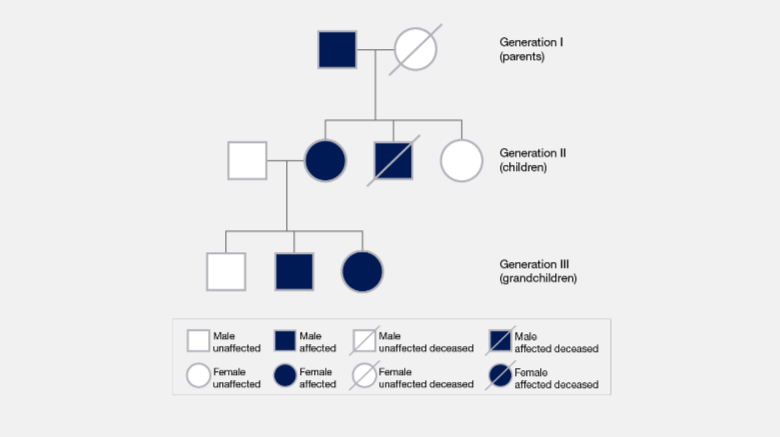Learning Through Art: Human Pedigree Analysis

The Learning Through Art: Human Pedigree Analysis presents a unique opportunity to enhance the understanding of genetic heritage through visual representation. This interdisciplinary approach not only cultivates critical thinking skills but also encourages students to engage in collaborative storytelling, bridging the gap between artistic expression and scientific inquiry. As educational institutions increasingly recognize the value of this synergy, one must consider the implications of such methodologies on student engagement and comprehension. What innovative techniques might emerge from this fusion, and how could they reshape our approach to genetics education?
The Importance of Pedigree Analysis
Pedigree analysis serves as a crucial tool in the field of genetics, enabling researchers and healthcare professionals to trace hereditary conditions through generations.
This practice embodies heritage exploration, offering a narrative thread that connects individuals to their genetic roots.
Through genetic storytelling, we unlock the mysteries of lineage, empowering families to understand their health risks and embrace their unique biological narratives with freedom and insight.
Artistic Techniques for Visualization
Visual representation plays a pivotal role in making the complex information derived from pedigree analysis more accessible and engaging.
By employing artistic techniques, we enhance visual storytelling, allowing data to unfold in a dynamic and captivating manner.
Creative expression transforms raw data into meaningful narratives, inviting audiences to explore familial connections and genetic legacies with a sense of wonder and freedom.
Read Also Learning Through Art: Endosymbiont Theory
Case Studies in Educational Settings
In the realm of education, the integration of human pedigree analysis offers a rich canvas for students to explore genetic inheritance and familial relationships.
Case studies reveal enhanced student engagement through collaborative projects, where learners create visual pedigrees and investigate historical figures.
This hands-on approach fosters critical thinking and nurtures an appreciation for the complexity of human genetics, enriching the educational experience.
Benefits of Combining Art and Science
The intersection of art and science creates a dynamic environment where creativity and analytical thinking flourish together.
This synergy fosters innovative solutions, enhancing creative expression while deepening understanding through interdisciplinary learning.
By merging these fields, individuals unlock new perspectives, nurturing an appreciation for both the aesthetic and empirical.
Such collaboration empowers learners to explore their passions, ultimately enriching their educational experiences and personal growth.
Conclusion
In the tapestry of education, the Learning Through Art: Human Pedigree Analysis weaves a vibrant narrative of genetic heritage. Through the brushstrokes of creativity, complex data transforms into visual symphonies, illuminating the intricate dance of heredity. This harmonious blend not only enriches understanding but also cultivates innovative thinkers poised to navigate the scientific landscape. Ultimately, the marriage of artistic expression and scientific inquiry breathes life into learning, empowering students to explore their biological roots with both wonder and insight.



